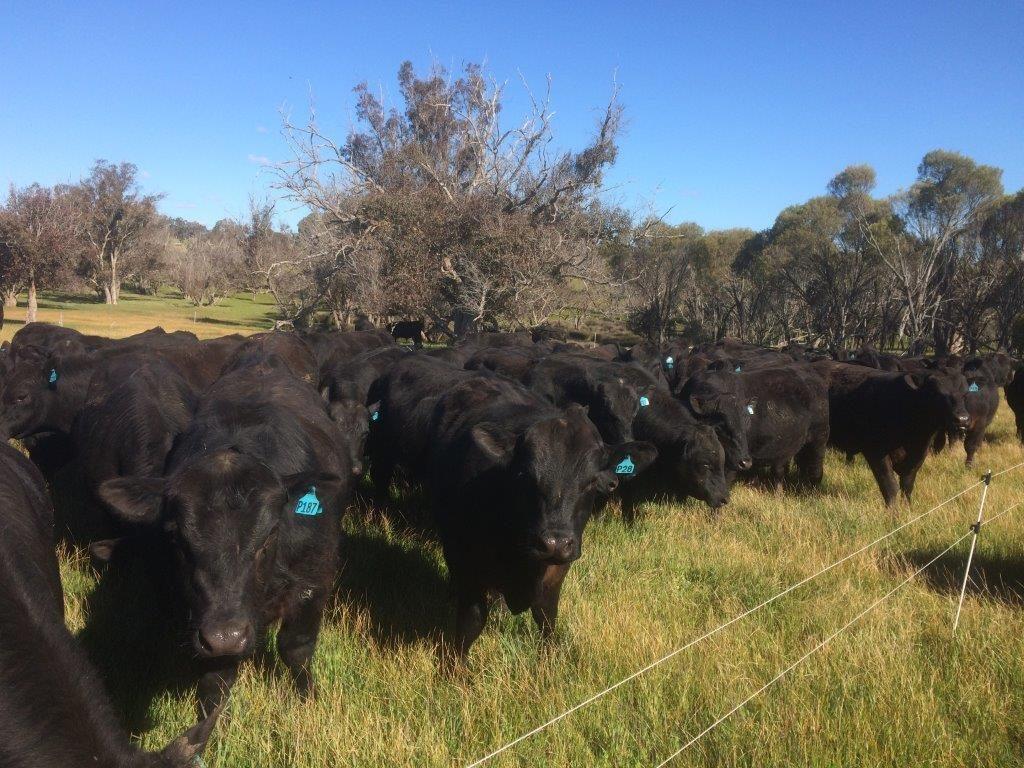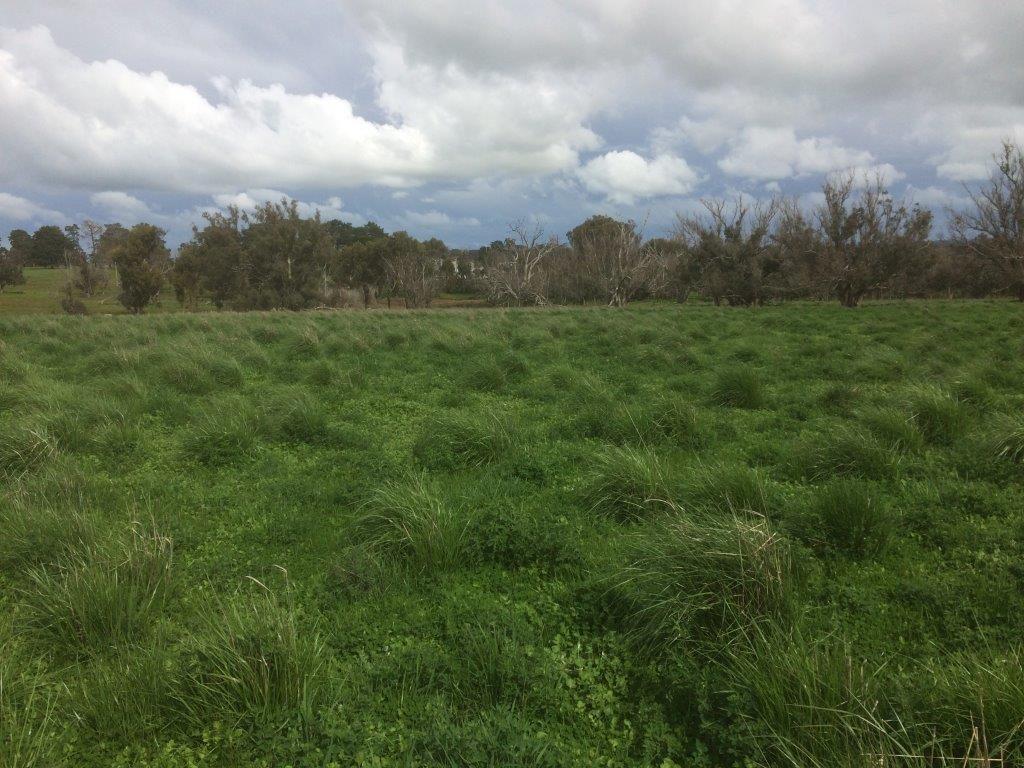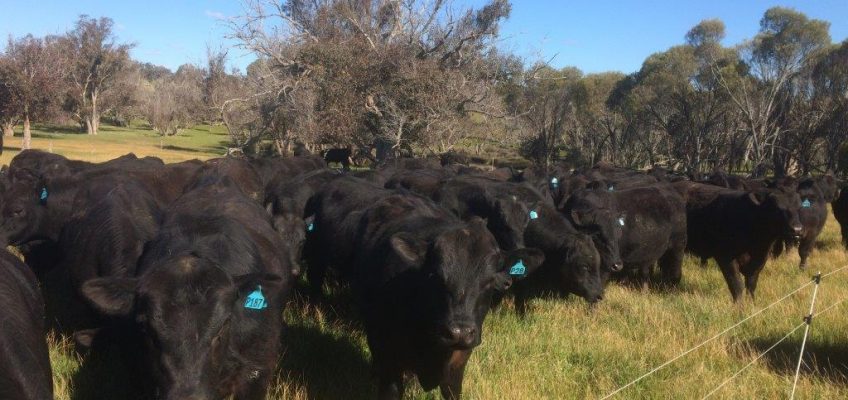Article by Jim and Pam McGregor, farming as JD & PA McGregor.
We have been farming “Maybenup” just south of Kojonup on the Albany Highway since 1st March 1998. The previous 25 years we farmed in Denbarker, breeding Merinos and an Angus based commercial herd, latterly with a small stud herd. We also finished calves in a small feedlot and dabbled with growing barley and cereal rye in the mid 1970’s and 1980’s.
By the time we moved to Maybenup, we had decided to focus on grass farming. Grazing management depending on your goals, is a case of juggling lots of variables. We had gained some guidance on this using the principles of Holistic Management a la Alan Savory and planned grazing.
From day one at Maybenup, we started to manage our livestock and grazing with this new-to-us concept. We brought our sheep and cattle from the Denbarker property and a reduced amount of machinery. We had made hay for many years there, and pit silage for the four years before we moved. We sold all the equipment when we made the decision to buy hay if and when it was needed.
Until the past three years or so low rainfall years, when we have bought hay each year, we would buy hay about two years out of five.
We aim to build a bank of feed in the Spring flush, and ration that over the summer with one pass through each paddock; there are now 85 paddocks on Maybenup. Our fertiliser applications have become much more strategic and the need is assessed each year.
Our business now is based on grazing cattle, adding value to the offspring of our Ardcairnie Angus stud cow herd. We hold an annual bull sale and sell mated heifers and cows, as well as the cull animals and steers mostly sold to feedlots.
Our plans (still mostly a work in progress) are to have a diverse perennial element in our pastures which would provide much greater resilience to our operation and would enhance the quality of our feed base, especially during the summer months. This will also have a positive effect on soil health and productivity and improve the bottom line ($). To make this happen, I need a breakthrough in the establishment concept which I am working on!
Pam and I operate this farming enterprise with extra help when available on big days in the cattle yards, and for fencing and contract spreading. We now run 380 stud breeding cows/heifers, grow out their progeny – 360 – over their second winter – steer/heifers and bull weaners. We hold our bull sale of about 70 head in late January/early February (Tuesday 4th February 2020).
We put a lot of effort into managing our grasslands to enhance the ‘freebies’ that Mother Nature provides – the sun, the rain, and the efforts of all the soil life under a healthy pasture.
The biggest challenge to our business (apart from our stage of maturity) is possibly the bad press the beef industry has with regard to our greenhouse gas emissions in the production of red meat. It distresses me that our scientists with expertise in their subject have largely been silent on this issue. After all, ruminants have played an enormously important role in grassland ecology for thousands of years without pushing the CO2 levels higher. Then we started burning fossil fuels! While markets are very strong for red meat in Asia and likely to be for some time, we should be dealing with this nonsense.
Jim & Pam McGregor





